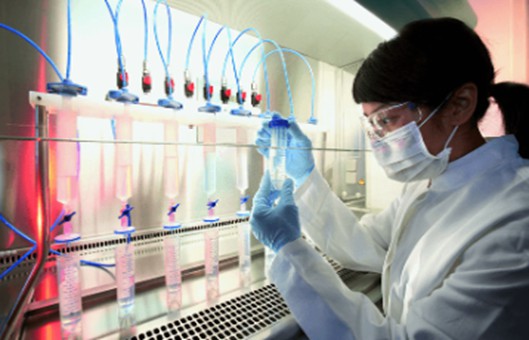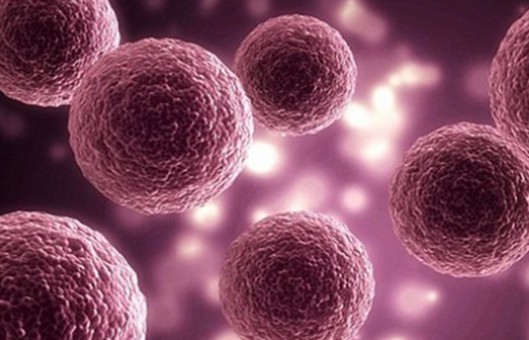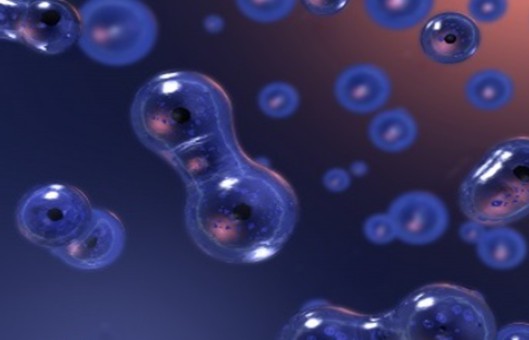Establishment and Culture Protocol of mESCs Cell Lines
GUIDELINE
Embryonic stem cells (ESCs) are abbreviated as ES, EK, or ESC cells. They are a class of cells isolated from early embryos (before the proto-intestinal stage) or primitive gonads, which have the properties of unlimited proliferation, self-renewal and multidirectional differentiation in vitro in culture. ES cells can be induced to differentiate into almost all cell types of the organism, both in vitro and in vivo environments.
METHODS
Acquisition of embryos
- Pre-sexually mature female mice are injected intraperitoneally with HMG.
- 46~48 hours later inject intraperitoneally with hCG, and combine the cage with the breeding male mice.
- The vaginal plugs of female mice are observed on the morning of the second day, and those who have been seen with the plugs are pregnant for 0.5 days on that day.
- On day 3.5 of pregnancy, female mice are dislocated and executed, and the abdominal cavity is opened under aseptic conditions to expose the uterus.
- The uterus is forcefully held near the cervical end, cut, and the uterine mesentery is separated, and then the uterine horns are cut at the end of the fallopian tubes.
- The mice have a bicornuate uterus, and the separated uterus is placed in a sterile flat dish (35 mm diameter) after blotting with sterile filter paper.
- A 5 mL sterilized syringe (flat tip) is used to inhale the egg-flushing solution, and the needle is fed from the horn end of the uterus to ensure that it enters the uterine cavity.
- The flushing solution is pushed rapidly into the uterine cavity (0.2-0.5 mL per side of the uterus) and the embryos are drained from the cervical end with the flushing solution.
- The flat dish with the embryo flushing solution is placed under the microscope (50 to 100 times) and the embryos are carefully collected. 3.5 days old embryos are in the blastocyst stage but may also be in the mulberry embryo stage. Both of which can be used.
Creative Bioarray Relevant Recommendations
- If it is not an easy task, please feel free to consult our sample collection service. We can tap our growing network of sites to quickly get the specific samples you need. Whatever your collection needs, Creative Bioarray provides comprehensive and effective support.
A whole embryo culture method
- Small drops of embryo culture solution are made in 35 mm diameter flat dishes. Each 35 mm diameter dish could be made into 4 drops covered with transparent paraffin oil.
- The collected 3.5-day embryos are placed in the culture droplets and incubated at 37°C in an incubator with 5% CO2.
- Observe daily and change the fluid once or twice a day.
- When embryos develop to the point where the blastocyst cavity is sufficiently extended or breaks through the zona pellucida, they are transferred to MEFs or STO-rearing monolayers (prepared in 35 mm diameter Petri dishes covered with clear paraffin oil) and continue to be cultured, at which time they are replaced with DMEM (high sugar) culture medium (with 10% neonatal bovine serum, 10% fetal bovine serum and double antibodies).
- After 1~2 days, the embryos adhere to the feeder monolayer. The trophoblast cells expand into a thin layer. The feeder cells are pushed apart. The inner cell mass is located in the center and grows upwards with clear marginal boundaries, a smoother surface, and a dense structure. The inner cell mass increases after 3~5 days and can be separated and cultured early. During this period, half the amount of fluid is changed every other day.
Inner cell mass cell isolation culture and whole inner cell mass culture method
- The blastocysts are blown into 0.5% streptavidin, and the blastocysts are blown repeatedly, and the zona pellucida is gradually thinned and finally disappears around 1-2 minutes.
- The blastocysts with the zona pellucida removed are immediately inhaled into the blastocyst flushing solution and blown repeatedly.
- The embryos are transferred to CZB medium and cultured for 3 hours. The embryos with removed zona pellucida are transferred to DMEM medium containing rabbit anti-mouse IgG serum (1:30) and placed in the incubator for 30 minutes.
- The embryos are transferred into fresh guinea pig serum complement to treat embryos for 10-15 minutes to lyse trophoblast cells. Observations are made at all times during the treatment. The treatment is terminated when the trophectoderm cells expanded and showed a clear vacuole, and the trophectoderm cells are removed by washing the embryos three times with a flushing solution and blowing them back and forth.
- The embryos are washed 3 times with embryo flushing solution and blown back and forth to remove the trophoblast cells.
- The embryos are transferred back to CZB drops and cultured for 24 hours.
- Preparation of capillary pipette: draw an 18 cm Bachmann pipette thinly on the flame, cut off the end with a grinding wheel, and prepare two kinds of end calibers slightly larger or smaller than the endocytic mass.
- Place the culture dish with well-grown endocytic mass under the microscope (50-100 times), pick up the endocytic mass with a capillary pipette whose end caliber is slightly larger than that of the endocytic mass, and collect it into a culture droplet covered with transparent paraffin oil (prepared with the same culture medium used for embryo culture).
- After collecting the endocytic masses together, they are placed together in the droplets of trypsin-EDTA digest covered with clear paraffin oil.
- Wash once with the digest solution, and replace the residual culture medium with the new digest solution.
- Change to a capillary pipette with an end caliber slightly smaller than the inner cell mass, and gently aspirate and blow the inner cell mass until it is dispersed into small clumps of 2 to 4 cells together.
- The digested droplets containing the endocytic clumps of cells are aspirated onto MEFs or STO-feeding monolayers (pre-treated with mitomycin C or γ-rays) and replaced with ES cell culture medium.
- Small colonies of ESCs-like cells can be seen after 2 days, and the colonies further increase in size in 3-4 days, and can be digested and passaged according to the ES cell culture method in 6-7 days.
NOTES
- CZB culture fluid should be divided into two kinds of high sugar and low sugar. Glucose should not be prepared as a storage solution and added directly to the low-sugar culture fluid, which not only causes the cumbersome need to add glucose each time but also leads to the unstable osmotic pressure of the culture fluid.
- Drugs for embryo culture should be packed separately and kept by dedicated personnel, and attention should be paid to distinguishing drugs with different storage conditions, such as sodium pyruvate and BSA, which need to be stored at 4°C.
- After the culture equipment and consumables are ready, we should do the daily disinfection work to strictly control the common contamination of bacteria, fungi, microorganisms, etc. If conditions are limited, appropriate antibiotics can be added to the culture medium to prevent contamination but this often affects the cell culture so care should be taken.


